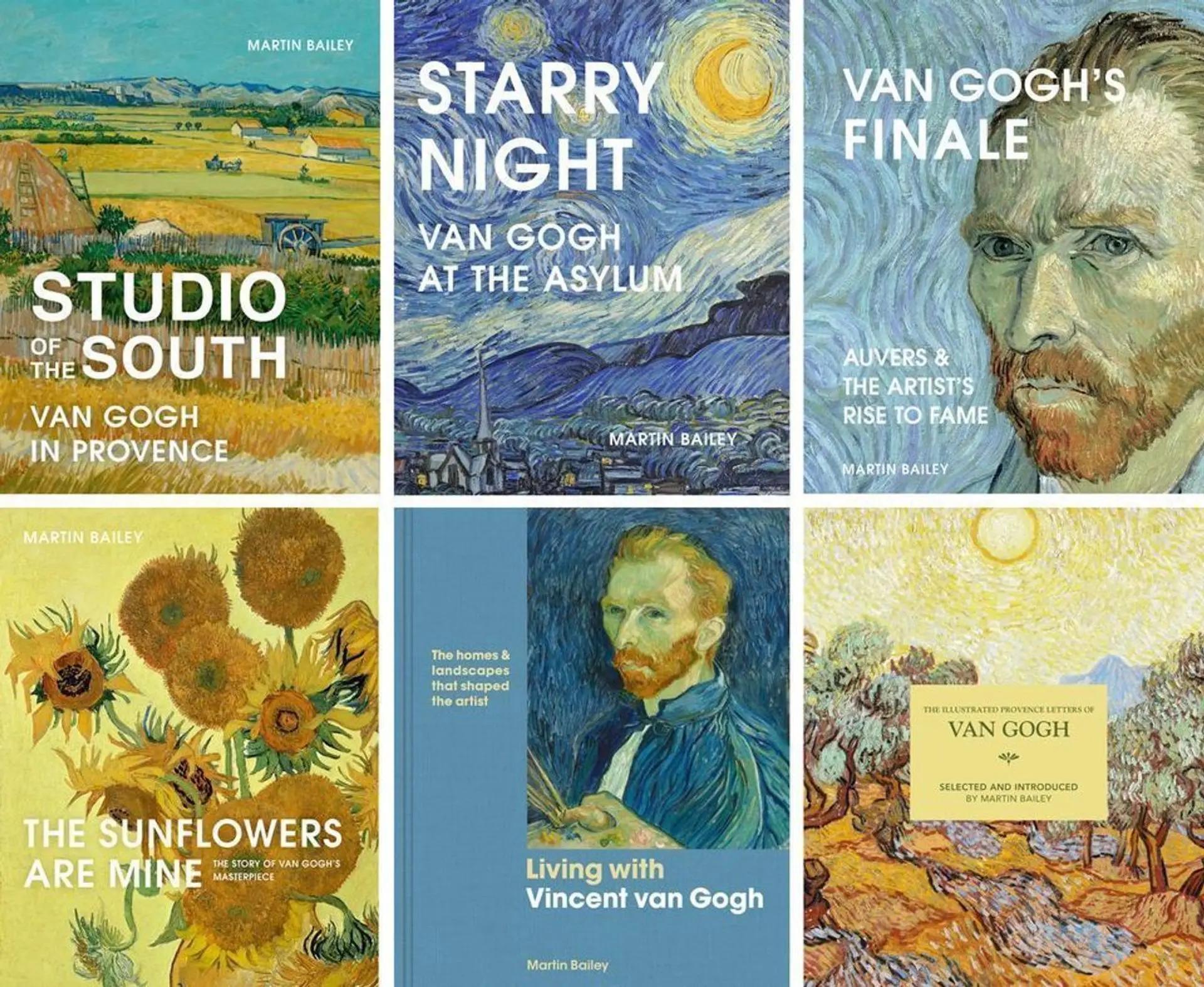Christie’s is due to sell Van Gogh’s finest painting from his Antwerp period—a portrait of a woman he encountered in a cabaret. The artist wryly commented that “she’d evidently had a few busy nights”. Although a dancer, she also likely worked as a prostitute. Christie’s, demurely, are entitling the picture “Portrait de femme: buste, profil gauche”.
The portrait by Van Gogh coming up for sale in London on 27 February 2019, as part of a collection assembled in the 1980s by an anonymous American. As the catalogue has not been published, the estimate is not yet known, although it is expected to be tens of millions of dollars.
When Van Gogh moved from his parents’ village of Nuenen to the bustling port of Antwerp for the winter of 1885-86 he was immediately struck by the lively nightlife enjoyed by the sailors. He then developed the bizarre idea that one could earn more from painting prostitutes than pimping them.
After explaining that he was doing their portraits, he told his brother Theo: “no matter what these girls may be, one can make one’s money out of them like this sooner than in any other way”. Not surprisingly, it turned out quite differently. Vincent had to pay the women to model and was then unable to sell the resulting pictures.
Just after Christmas 1885 Vincent ventured out with some of the 50-francs allowance which had just arrived from his brother. As he wrote to Theo, “as soon as I received the money I got an attractive model and painted a life-size head” with “a touch of flame red in the jet-black hair”. He completed two pictures, one for the woman and the other (the Christie’s one) which he kept. Van Gogh set out to capture her soul, not focussing on the superficial and transitory—“bows and ribbons”—but on something deeper. Stylistically, Van Gogh was influenced by Rubens, who had also worked in Antwerp.
Vincent told Theo that his sitter was “a girl from a café chantant”. She seems to have been a dancer, but probably supplemented her income with more private business. She certainly drank at work, confessing to Van Gogh that “champagne doesn’t cheer me up, it makes me very sad”. Her loose, hanging hair in the portrait suggests intimacy and it was then quite normal for artists to pay prostitutes for modelling. Van Gogh complained that she refused to pose nude, although she would have been “splendid”.
Vincent insisted to his brother that his payments to these women were entirely proper: “I must... try to make some acquaintances among the girls, which is no easy task with a purse with little in it, I can assure you; one is by no means doing it for one’s pleasure.”
Within a year or so Van Gogh gave his own version of the portrait of a woman with a red bow to his artist friend Emile Bernard. This, too, is significant since the two men had endless discussions about sketching and painting in brothels. Bernard probably also ended up owning all three versions of Van Gogh’s painting of a nude Parisian prostitute lying on a bed.
The Antwerp portrait now being sold by Christie’s was last auctioned in 1945. A decade later it was in the collection of the New York watch company owner Alfred Wyler and his art dealer wife Marguerite, before going to the anonymous American owner.
As the portrait was lent to an exhibition of works of “friends” of Boston’s Museum of Fine Arts in 1992, this suggests a collector with close links to the city. Other paintings from this source included in the Christie’s sale are works by Monet, Renoir, Cézanne, Matisse and Bonnard.
What happened to the other portrait, given to the woman with the red bow, remains a mystery. It is lost and she almost certainly never profited from the artist’s largesse. Two other Van Gogh paintings of young Antwerp women survive and are now at the Van Gogh Museum in Amsterdam—both entitled portraits of “a prostitute”.
• The Van Gogh portrait and the other major works from the anonymous collection will be on view at Christie’s in Beijing (8-9 December), Shanghai (12-13 December), Taipei (15-16 January 2019), Los Angeles (31 January-6 February) and London (22-27 February), before the 27 February sale.




